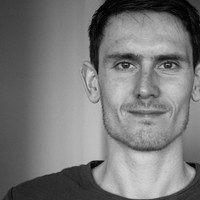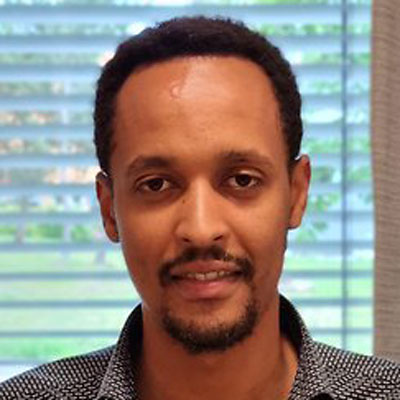project:
Jan 2023
Dec 2027
Ongoing
Dynamic load and response interaction for hydropower civil structures
The Swedish hydro power industry is continuously upgrading the fleet of units with e.g. renewing runners and generators due to end of service-life of the components or to increase the efficiency. However, even if the rotating units are replaced, the majority of the surrounding concrete structures and their design will remain unaltered since their construction some 50-100 years ago. Parts of the most adjacent concrete structures can be replaced, but this is not the case for the rest of the supporting concrete structure.
Operational patterns for electricity production was different at the time of construction for most units, with commonly continous operation and thereby more constant conditions with regard to temperature and fewer starts and stops. Todays use of hydro power for regulating the national electricity system give a substantially larger number of starts and stops of the units where the passage outside of optimal efficieny that induce vibrations are much more frequent.
This increased frequency of vibrational loads was not taken into account for during the design and the questions regarding the long-term impact on the concrete structure has not been studied thoroughly. The aim of this project is therefore to find strategies to minimize the risk for unpredicted down-time on hydro power units due to concrete structure related issues or vibrations induced as a result of deficiencies causing reduced stiffness in hydro power unit concrete supports. The goal is to assure a long-life span of the concrete structures supporting hydropower units even after replacing the runner and generator several times.


